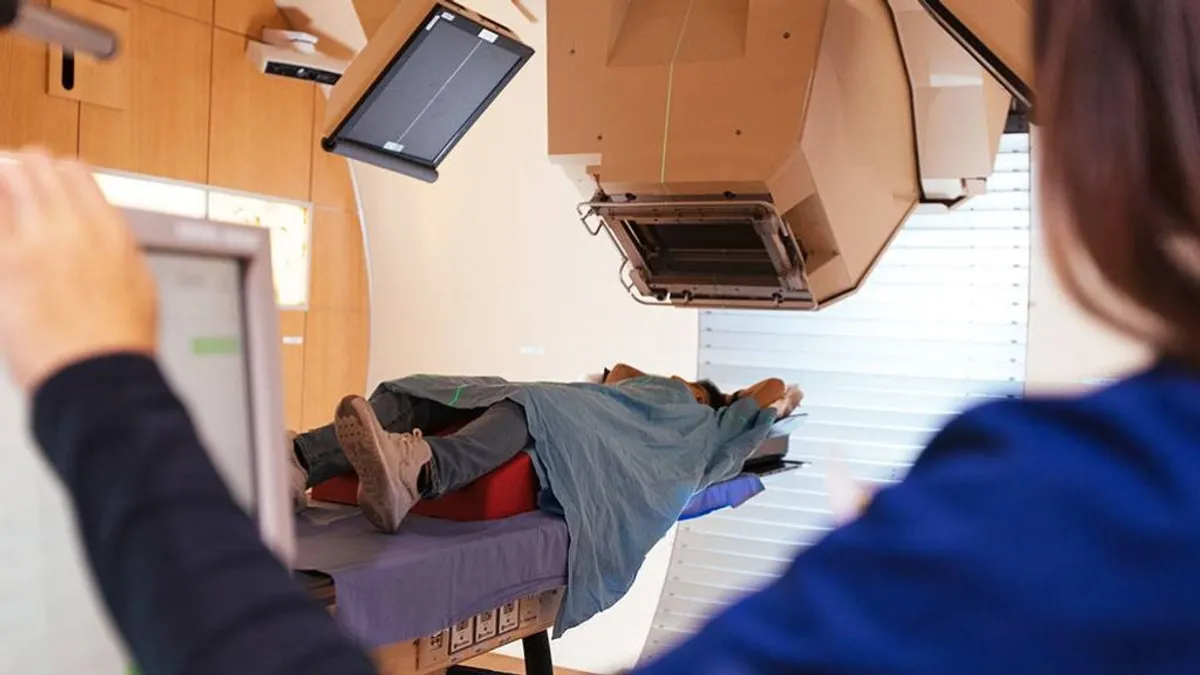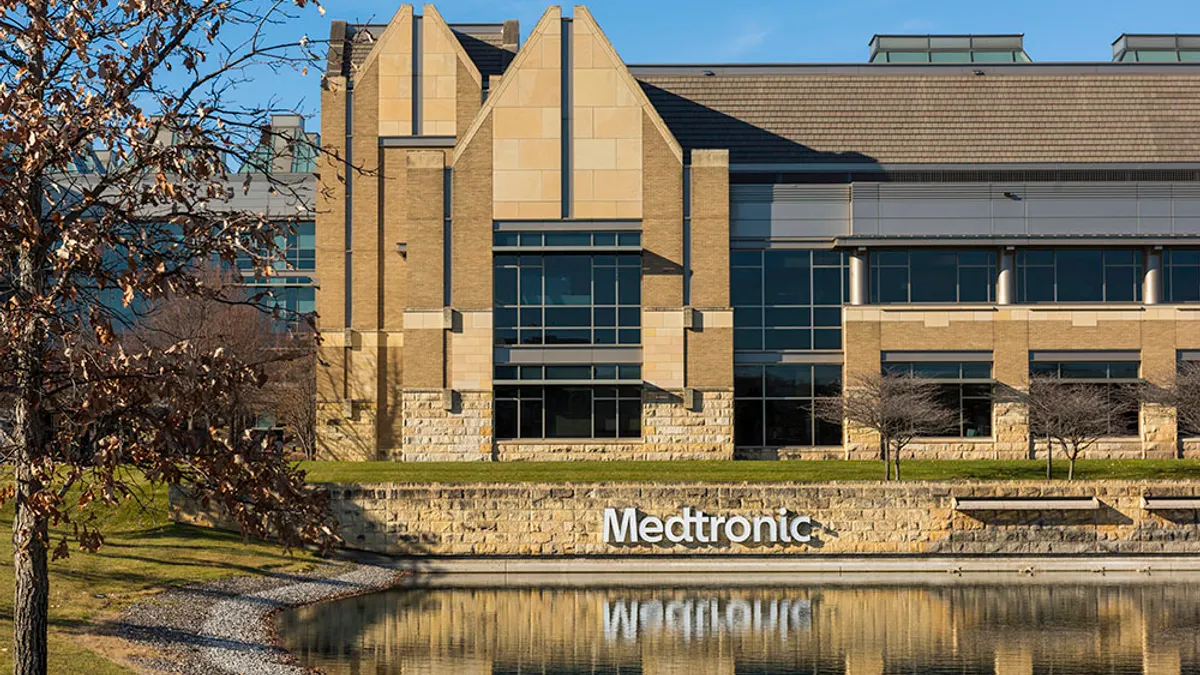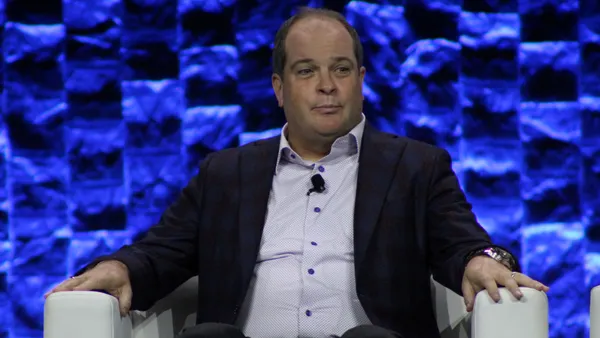UPDATE: Sept. 26, 2019: AdvaMed’s chief operating officer and general counsel Christopher White applauded the Federal Trade Commission on Wednesday for sending letters to seven legal practitioners and lead generators expressing concerns that some television advertisements that solicit clients for personal injury lawsuits may be deceptive or unfair under the FTC Act. "AdvaMed is pleased to see that the FTC recognizes misleading legal advertisements jeopardize patient safety and health. We agree with the FTC -— health ads must be science-based. Health care decisions should be based on truthful and science based information in consultation with physicians, not fear-inducing misleading advertisements," White said.
BOSTON — Private equity is increasingly pouring money into medical device mass tort litigation, including ads soliciting plaintiffs for lawsuits, panelists at The MedTech Conference in Boston said on Tuesday.
Many of these ads feature FDA’s logo, making them look more like public health alerts, which can alarm less informed or often elderly television viewers.
In 2018, there were 117,000 of these TV ads and an estimated $36 million in spending; in 2019, those numbers grew to 269,000 TV ads with an estimated $83 million in spending, according to X Ante, which surveys trends in mass tort litigation advertising and marketing.
And the TV ads are often part of a multimedia campaign that also includes radio, online and newspapers.
“They’re not the guy sitting at the office in front of a bunch of law books saying, 'Hey, give me a call if you need to file a lawsuit,'” X Ante President Rustin Silverstein said. “A lot of them look like public health warnings, even government public health warnings.”
“It’s whack-a-mole; it really is,” panelist Aviva Wein, assistant general counsel, products liability, at Johnson & Johnson said.
Yet few people are aware these ads or the lawsuits they're soliciting are often backed by third parties.
Third Party litigation funding occurs when investors, often venture capitalists, take a stake in the outcome of litigation. Historically, few courts have required plaintiffs to disclose that funding, said Rebecca Wood, former chief counsel at FDA. Nor do the ads, which are often disguised as medical alerts, generally disclose who's behind them.
“Without these kinds of disclosures, courts and other parties and have no visibility into the whole third party funding, even if the funders function as a real party in interest, or guide the litigation,” Wood, now at Sidley Austin, said.
“These ads are increasingly part of a 360 degree strategy that can have significant implications for the defendant as well as for the reputation of a sponsor, and a product. And they can lead to interest from government regulators and legislators,” she said.
Mesh, hips make the top 10
The top 10 products targeted by mass tort TV ads from January to July include hernia mesh, IVC filters, military earplugs, hip implants, pelvic mesh, knee implants, surgical staplers, Essure birth control, intrauterine devices including Mirena and Paraguard, and breast implants.
“They are always looking for new targets to go after to generate more lawsuits and more jury awards and settlements,” Silverstein said.
And these ad campaigns often forecast litigation risk. "The ads generally start about two months before the MDL [multidistrict litigation],“ John Brenner, chief litigation counsel at BD said. In the case of IVC filters, "we went from an annual case count of about 20 to 30 cases to . . . about 8,000 cases now" he said, even though the filters have a failure rate of less than 1%.
"Advertising drives claims and then claims really distort the system," he said. Currently, about 50% of the federal docket in this country is in MDL mass torts, he said.
BD and other companies were involved in the transvaginal mesh litigation, the second largest MDL in history, with 100,000 cases before one judge in West Virginia.
Judges frequently in dark about funding
The litigation funding business is about a $5 billion industry, J&J's Wein said. Because many of these ads are backed by third-party litigation funders, these lawsuits — and the ads soliciting claimants against device companies — are not bound by traditional funding constraints.
And courts dealing with these suits are often unaware of how the mass tort litigation is financed.
"In the context of mass tort litigation, it's now Goliath versus Goliath, and the courts don't realize that at all and members of Congress don't realize this at all," he said.
Policymakers are looking at the issue on both the state and federal level. Backed by interests like the U.S. Chamber Institute for Legal Reform, Sen. Charles Grassley, R-Iowa, is sponsor of the Litigation Funding Transparency Act, which would require plaintiffs' lawyers to disclose third party litigation funding in class actions and in multidistrict litigation.
Some states are also looking at regulating the advertising, including in Texas and Tennessee. The Texas law, which took effect Sept. 1, focuses on lawyer ads for prescription medication and medical device litigation and imposes civil penalties for violations under the state's Deceptive Trade Practices Act. It requires ads to disclose they're a paid legal advertisement, not a public health warning, and list the identify of sponsor of the ad.




















